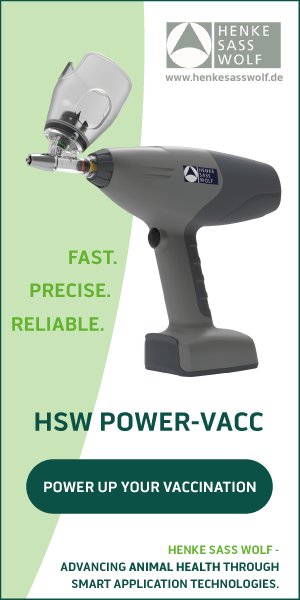
Automation is increasingly essential to manage labour shortages, enhance precision, and meet hygiene and welfare standards.
The poultry farming equipment market is expected to grow steadily over the next decade, rising from a value of US$4.0bn in 2025 to around US$7.1bn by 2035
This reflects a CAGR of 6.0%, driven by increased global demand for efficient, scalable, and sustainable poultry production systems.
As demand for poultry-based protein grows, both developed and developing markets are investing in smarter and more automated systems. Manufacturers are increasingly focusing on solutions that improve feed efficiency, water conservation, hygiene, and biosecurity. The integration of intelligent technologies, such as IoT-enabled monitoring and predictive maintenance, is playing a key role in transforming poultry operations.
In particular, the watering and feeding systems segment is set to dominate the market by product type, accounting for 22.5% of the market share in 2025. These systems are vital for flock health and are now widely adopted in both broiler and layer production. Advanced features like sensor-based regulation and adjustable flow have helped farms reduce waste, cut labour costs, and improve biosecurity.
The chicken segment continues to lead by poultry type, with a projected market share of 65.0% in 2025. Chicken farming remains popular globally due to its fast production cycles, low input costs, and high efficiency. Equipment manufacturers are tailoring solutions to meet the specific needs of chicken farms, especially in export-driven and urban markets. Vertical integration and demand for traceable, high-quality poultry products are also fuelling investment in standardised, scalable equipment for chicken production.
By mode of operation, automatic systems are expected to take the lead, holding a 48.0% share in 2025. Automation is increasingly essential to manage labour shortages, enhance precision, and meet hygiene and welfare standards. Automatic feeding, egg collection, climate control, and waste management systems are now core to modern poultry farms. Integration with digital platforms and data analytics tools further boosts their value in achieving consistent performance and compliance.
Government initiatives in emerging economies are also contributing to market expansion, particularly in Asia-Pacific, Latin America, and Africa. These initiatives support local farming enterprises and promote automation for increased productivity. At the same time, developed countries are focusing on next-generation farming systems that balance output with sustainability and welfare.
As consumer awareness grows around food safety, animal welfare, and environmental impact, the trend towards cage-free systems and eco-friendly equipment is gaining momentum. With ongoing innovation and rising global demand for poultry products, the poultry farming equipment market is well-positioned for continued expansion.








